- Nov 9, 2010
- 2,067
- 263
- 346
Is anyone breeding the chocolate gene into other breeds?
Thanks,
Ryan
Thanks,
Ryan
Follow along with the video below to see how to install our site as a web app on your home screen.
Note: This feature may not be available in some browsers.
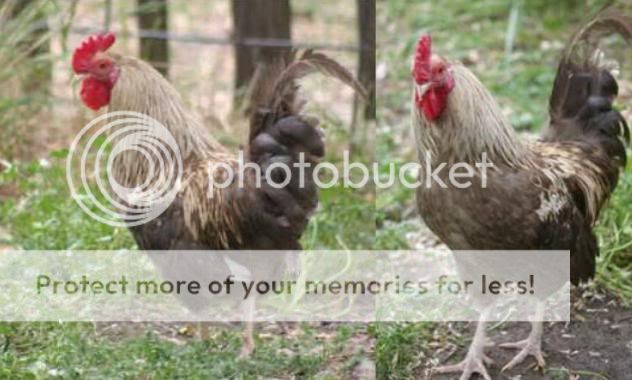
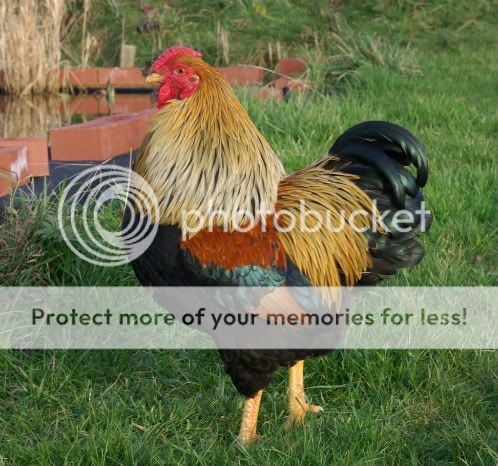
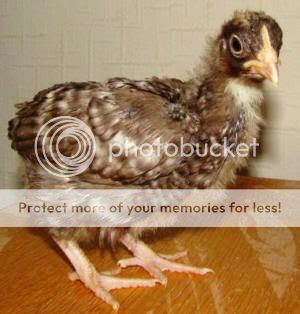
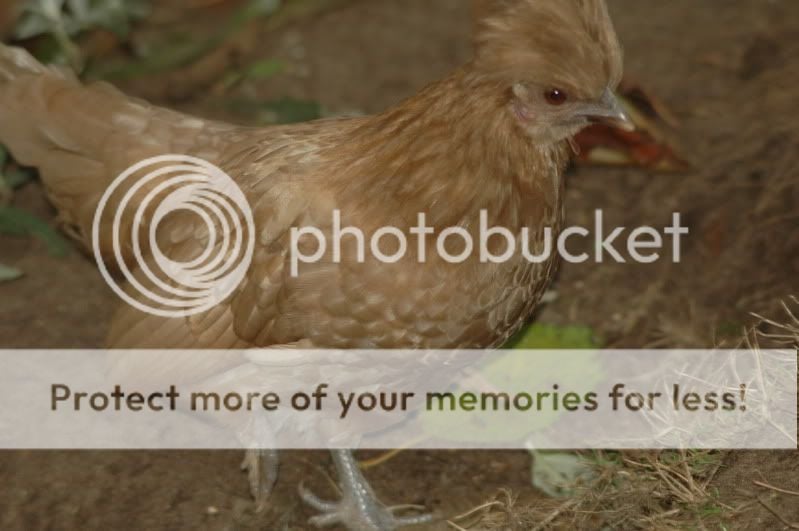
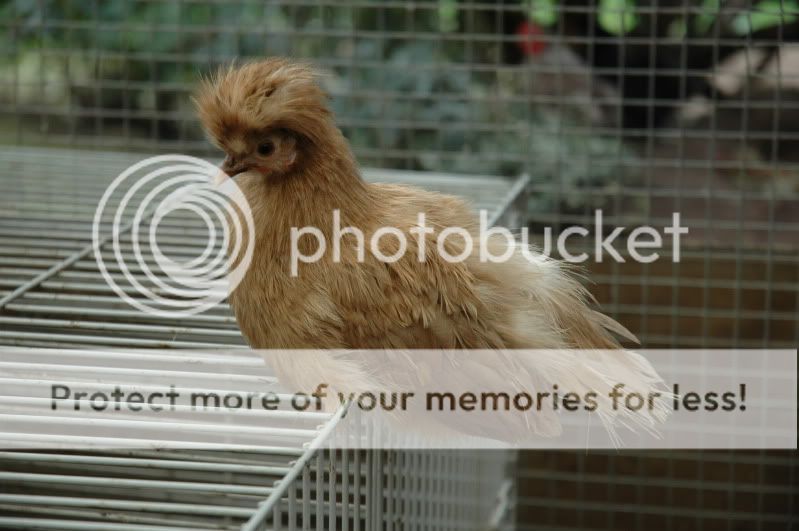
Gary,the breeders that are attempting this are far above my knowledge level. Thats why I asked for verification. Is there a way that I can breed this bird to test if it truly a chocolate based. I was told by a couple different people that If I bred my male to a chocolate hen and got chocolate chicks, I had a chocolate based bird. This has happened multiple times at this point. I also bred the chocolates hatch mate to a jubilee to see what I got, and those chicks are definitely black. I understand the genes have to be there for this to be the case. Is the test I did enough or is there something else I can do?
So great to discover this thread! I have LF Chocolate Ameraucana eggs in the incubator now, along with LF Silver Ameraucana eggs. I am so looking forward to breed some of the Chocolates to Chocolates. I will also breed my LF Lavender Ameraucana roo to both the Chocolate & the Silver hens. Now I'm wondering about breeding a Chocolate to a Silver or vice versa?... The possibilities are amazing. I know so little about genetics that I LOVE this thread and all the great info! Thanks all you genetics whizzes



I hatched 2 chicks where the father was a chocolate Orpington and the mom was an EE of unknown color. One chick was black, and by 5 weeks old it was clearly a cockerel. The other chick is chocolate and I can't tell what sex it is yet (7 weeks old now).
Does this mean I may have sex-linked chicks where the chocolate ones are female & the black are male? How would I know if this is the case?